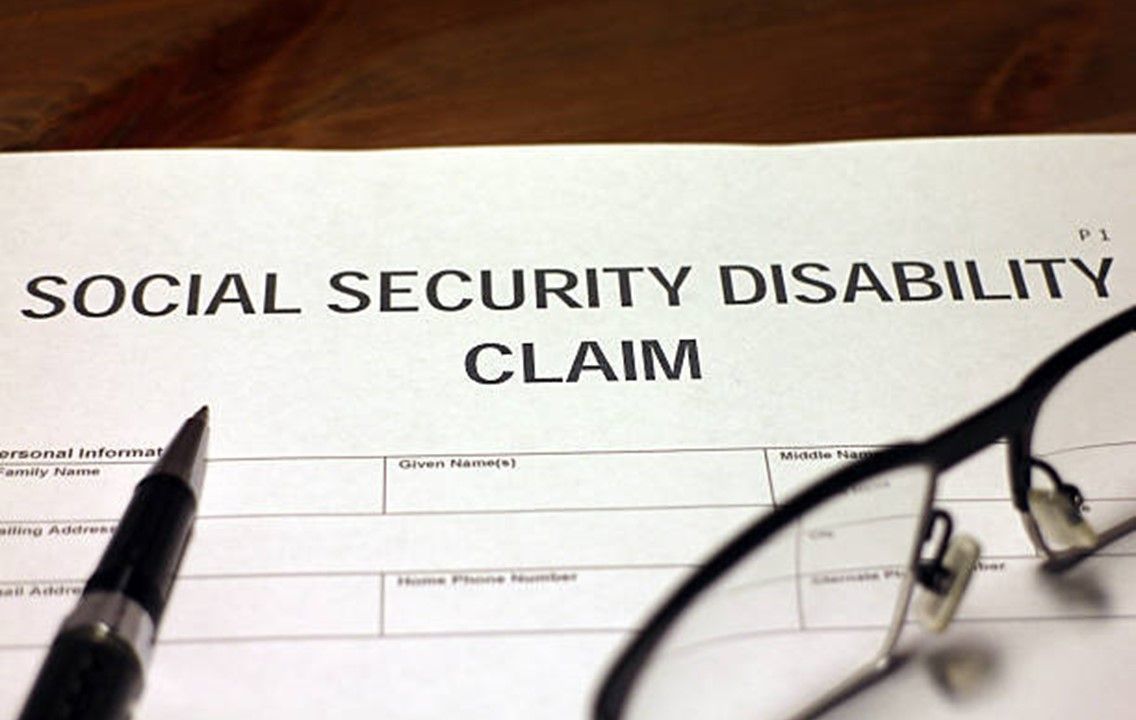
How to Apply for Long-Term Disability Benefits

Do you have long-term disability insurance coverage? If so, you may qualify for benefits if you suffer an injury resulting in a permanent or long-term disability. Long-term disability insurance (LTD) protects individuals from income loss caused by the inability to work for a long time due to an accident, illness, or injury.
Not all employers offer LTD coverage because the law often doesn’t require it. But, most large and medium-sized enterprises offer their employees LTD insurance. If your employer offers LTD coverage, it will cover you for injuries that aren’t work-related. If your employer does not offer LTD coverage, you can buy an individual LTD policy.
Long-term disability benefits apply after your short-term disability benefits run out. This applies to individual and employee LTD covers. A timely application for LTD benefits will ensure you are ready when you exhaust your short-term disability benefits.
Read this step-by-step guide on applying for long-term disability benefits.
Check Your Policy's Definition of Disability and Time Limits
First, you want to review your insurance company's definition of a long-term disability. This is essential to ensure you qualify for benefits. Afterward, check your policy's elimination period. The elimination period is the period in which you have to wait to qualify for LTD benefits. Applying for LTD benefits at the wrong time may result in a denied application.
If you qualify for LTD damages based on the above criteria, you can move on to the next step.
Submit a Notification to Your HR Department
Next, notify your employer that you will be unable to report to work or for an extended time due to your disability. You should also notify your employer of your intention to apply for LTD benefits. Afterward, an officer from your HR department should give you an LTD benefit application. They will also instruct you on the requirements for your LTD benefit application.
Fill Out and Submit an Employee Statement
Most insurance companies will need a statement from LTD benefits claimants. The requirements for employee statements may vary, but they focus on basic information such as your name, workplace, medical information, primary care physician, and worker's compensation information. Ensure you fill your employee statement in detail and submit it within the required time.
Get Any Information Needed From Your Employer
Your insurance company may need some information from your employer. This includes whether you are still on the payroll and if you qualify for other disability benefits. Your employer's statement will act as proof of your eligibility for LTD benefits.
Get Medical Evidence
Besides your and your employer's statement, you will need a statement from your doctor. The statement should prove your disability is severe enough to keep you from working. Your insurer will need information on your treatment dates, types of treatments administered, the cause of your injury, and the extent of your disability.
Medical evidence is essential in an LTD benefit application. If you don’t have sufficient evidence to prove your disability, your insurer may reject or deny your application. So when you meet with your doctor, ensure they provide information on the severity of your impairment and its effects on your ability to work in their statement.
Submit Any Records That Prove Your Claim
If you have more records that can prove your disability, submit them alongside your benefits application. Doing this can shorten the time taken to check your application. It will also increase your chances of getting approval on your application.
Having a lawyer guiding you through the LTD benefit application process will increase the chances of approval on your claim. Contact our experienced lawyers today for guidance on your LTD benefits application.





